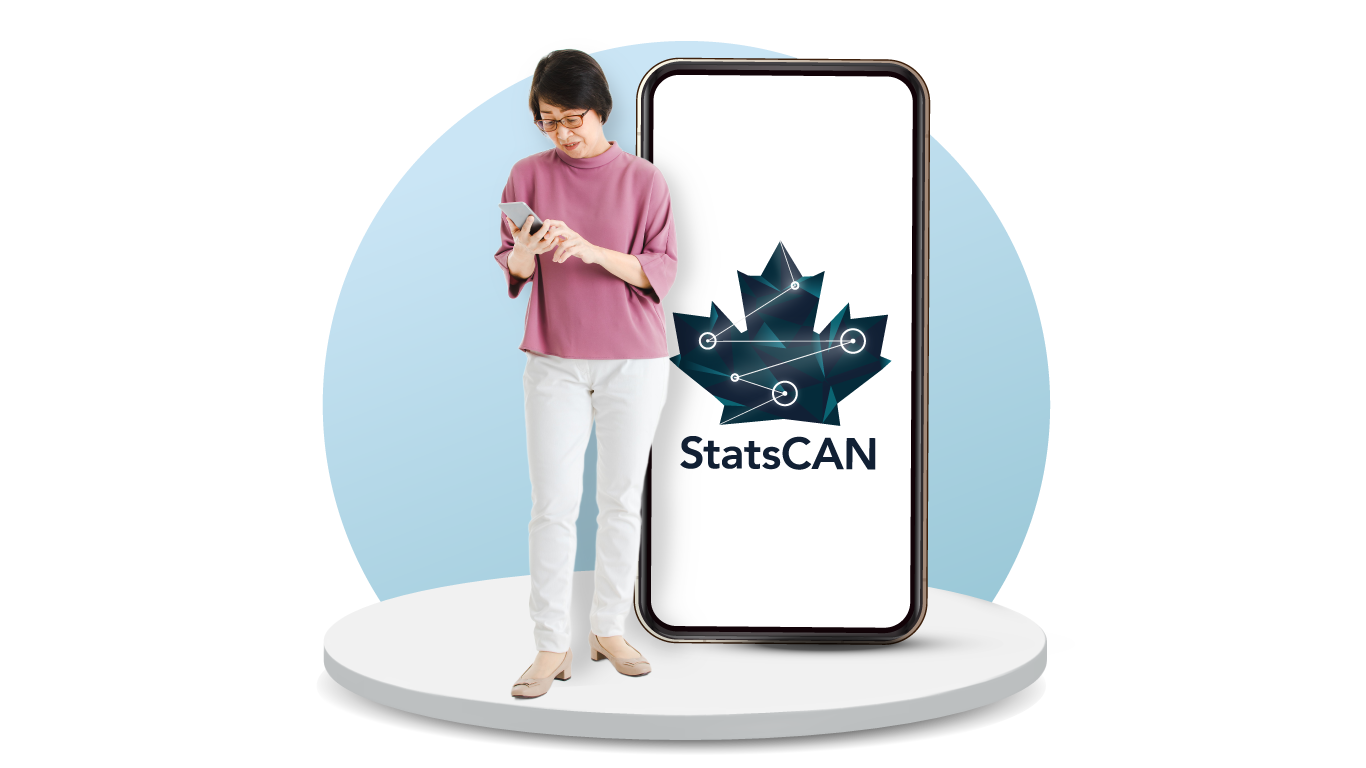
Canadians move every year—at last check, for many reasons. Sometimes, it is to take a job in another part of the country. And, as the data indicate, the number of moves varies by occupation.
According to the 2021 Census of Population, there were more than half a million employed Canadians (approximately 540,000) living in a different province or territory in 2021 from where they lived in 2016, representing 3.1% of the employed population. This is higher than the rate observed from 2011 to 2016, when the five-year interprovincial mobility rate was 2.9%.
Despite the COVID-19 pandemic and the associated restrictions on travel and various industries, the one-year mobility rate—which represents the number of employed Canadians who, at the time of the census, were living in a different province or territory 12 months earlier—remained steady during the last two censuses, at 0.8% from 2020 to 2021 and from 2015 to 2016.
Similar mobility rates by gender, wider differences by age group
The five-year mobility rate from 2016 to 2021 was similar among men (3.2%) and women (3.1%).
The one-year mobility rates for both census years for men and women were also close, with rates of 0.8% for both genders from 2015 to 2016, and 0.9% for men and 0.8% for women from 2020 to 2021.
Wider differences were observed by age group. From 2016 to 2021, the highest mobility rate was for Canadians aged 25 to 44 years (4.7%), followed by those aged 15 to 24 years (3.2%). In contrast, rates were significantly lower among Canadians aged 45 to 64 years (1.7%) and those aged 65 and over (1.1%).
However, except for the youth group, rates for all other age groups were higher from 2016 to 2021 than those observed from 2011 to 2016. The mobility rates from 2016 to 2021 were 3.3% for those aged 15 to 24, 4.5% for those aged 25 to 44, 1.5% for those aged 45 to 64, and 0.9% for those aged 65 and older.
Mobility rates highest among public protection services, and transportation occupations
From 2016 to 2021, managers in public protection services (24.3%), front-line public protection services (10.8%), transportation officers and controllers (9.9%), physicians, dentists and veterinarians (7.9%) and university professors and post-secondary assistants (7.7%) had the highest mobility rates among 141 occupations.
In contrast, the lowest five-year mobility rates from 2016 to 2021 were observed among supervisors, assembly and fabrication (0.9%), machine operators and related workers in textile, fabric, fur and leather products processing and manufacturing (1.2%), machine operators and related workers in chemical, plastic and rubber processing (1.3%), machine operators and related workers in mineral and metal products processing and manufacturing (1.3%), and managers in agriculture, horticulture, and aquaculture (1.3%).
The one-year mobility rates in 2021 and 2016 largely followed the same pattern across occupations.
Higher educated workers more mobile
Workers with higher education were generally more mobile in both the 2011-to-2016 and 2016-to-2021 periods. Those with degrees in medicine, dentistry, veterinary medicine, or optometry were the most mobile, with a five-year mobility rate of 6.6% in 2021 and 6.3% in 2016. They were followed by those with earned doctorates (6.6% in 2021 and 5.8% in 2016) and master’s degrees (5.4% in 2021 and 5.1% in 2016).
Conversely, workers with an apprenticeship, trades certificate or diploma were less mobile than those with a secondary school diploma or equivalency certificate, with a five-year mobility rate of 2.0% versus 2.7% in 2021, and 2.1% versus 2.6% in 2016. This difference could be partially explained by the regulated nature of certain trades and varying licensing requirements across provinces and territories.
The one-year mobility rate across education levels followed a similar pattern.

StatsCAN app
Download the StatsCAN app today to have these articles at your fingertips! Already using the app? Leave a review in the App Store and Google Play and let us know what you think.
Contact information
For more information, contact the Statistical Information Service (toll-free 1-800-263-1136; 514-283-8300; infostats@statcan.gc.ca) or Media Relations (statcan.mediahotline-ligneinfomedias.statcan@statcan.gc.ca).

